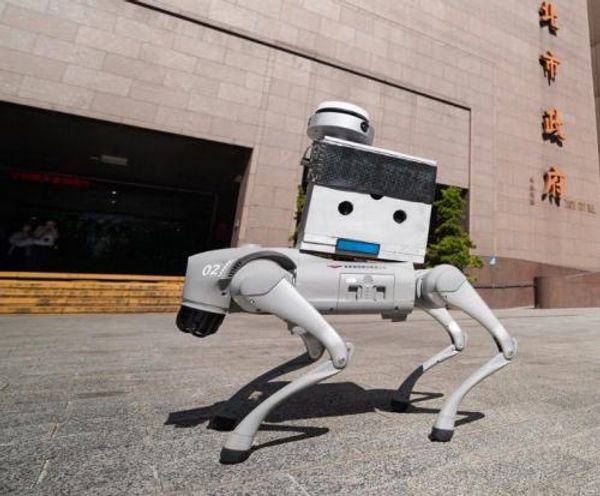Thursday's worry about hot consumer price index inflation data now looks like a false alarm, data from Friday's producer price index suggests. After PPI data pointed to tame health care inflation, one of the hottest parts of the CPI report, the S&P 500 reversed early losses.
PPI Vs. CPI Data
Friday morning's producer price index report on wholesale prices included data on health care services, airfares and portfolio management fees that feed into the PCE price index, the Fed's primary inflation gauge. That will help economists sharpen their forecasts for the end-of-the-month PCE inflation update.
The core CPI isn't always a good indicator of how much the core PCE price index will rise. In November, the core CPI rose 0.3%, while the core PCE price index rose less than 0.1%.
Through November, core PCE price inflation had fallen to 1.9% at a six-month annualized rate. Core CPI inflation has run at a 3.2% annualized rate over the six months through December, unchanged from the prior month.
It looks like the CPI provided another false signal. Ian Shepherdson, chief economist at Pantheon Macroeconomics, wrote that he estimates the core PCE price index rose just 0.15% in December.
Health Care Costs Are Tame On Second Look
The CPI showed that medical care services prices rose 0.7% in December, including a 0.5% rise in prices for hospital service, including a 0.8% rise for outpatient care, and 1.1% rise in health insurance prices. But the PPI showed no change in prices for hospital outpatient care and just a 0.1% rise for inpatient care. Health and medical insurance prices rose just 0.1%.
Health care costs are an especially big deal for the PCE since they make up 16% of spending, compared to just a 6% weighting in the CPI. Part of the divergence is because the PCE includes prices for purchases that the consumer only pays for indirectly, such as employer payments for employee health care.
Meanwhile, housing costs, which the CPI showed up 0.5%, make up just 15% of PCE spending but have a 34% weighting in the CPI.
Other PCE inflation signals from the PPI were mixed. The PPI measure of airline fares rose 2.1% vs. 1% in the CPI.
Portfolio management costs, which tend to move with stock prices, rose 1.5%, which was much less than feared. Given that portfolio management costs lag S&P 500 gains by a month and the index rose 9% in November, Deutsche Bank economist Brett Ryan noted this week that portfolio management alone could add 0.1% to the monthly increase in core PCE prices.
CPI Inflation Report Hits And Misses
The overall consumer price index rose 0.3% on the month, above expectations of a 0.2% rise. The 12-month CPI inflation rate rose to 3.4% from 3.1% in November, amid expectations of a slight pickup to 3.2%.
The core CPI, which strips out volatile food and energy prices, rose 0.3% vs. November levels vs. forecasts of a 0.2% increase. The annual core CPI inflation rate dipped to 3.9%, but missed forecasts of 3.8%. The core CPI inflation rate peaked at a 40-year-high 6.6% in September 2022.
Core goods prices were unchanged on the month, after a 0.3% decline in November. Over the past 12 months, core goods prices are up 0.2%. Core services prices rose 0.4% from November, while the 12-month change eased to 5.3% from 5.5%.
Fed Chair Jerome Powell has said that the most important category of spending for the inflation outlook is core nonhousing services, reported with the Commerce Department's late-month personal income and outlays data. Wall Street looks to the CPI gauge of services less rent of shelter as a reasonably close proxy.
December's CPI report showed services less rent of shelter prices rose 0.6% for the second straight month.
Fed Policy Impact
After the PPI report, markets were pricing in 80% odds of a quarter-point Fed rate cut by the March 20 meeting and 86% odds of a full 1.5 percentage points worth of rate cuts for all of 2024.
Now markets see 51% odds of 1.75 percentage points in rate cuts this year, up from 39% on Thursday.
In the six months through November, the Fed's preferred core PCE inflation gauge ran at just a 1.9% annual rate.
S&P 500, 10-Year Treasury Yield
The S&P 500 opened 0.3% higher after reversing earlier losses in Friday morning stock market action. The S&P 500 dipped 0.1% on Thursday, after Wednesday's 0.6% gain that marked a new 52-week high, just 0.3% below its all-time record closing high on Jan. 4, 2022.
The 10-year Treasury yield fell 5 basis points to 3.93%, after slipping below 4% on Thursday amid widening risk of a broader Middle East conflict.
Be sure to read IBD's The Big Picture column after each trading day to get the latest on the prevailing stock market trend and what it means for your trading decisions.







